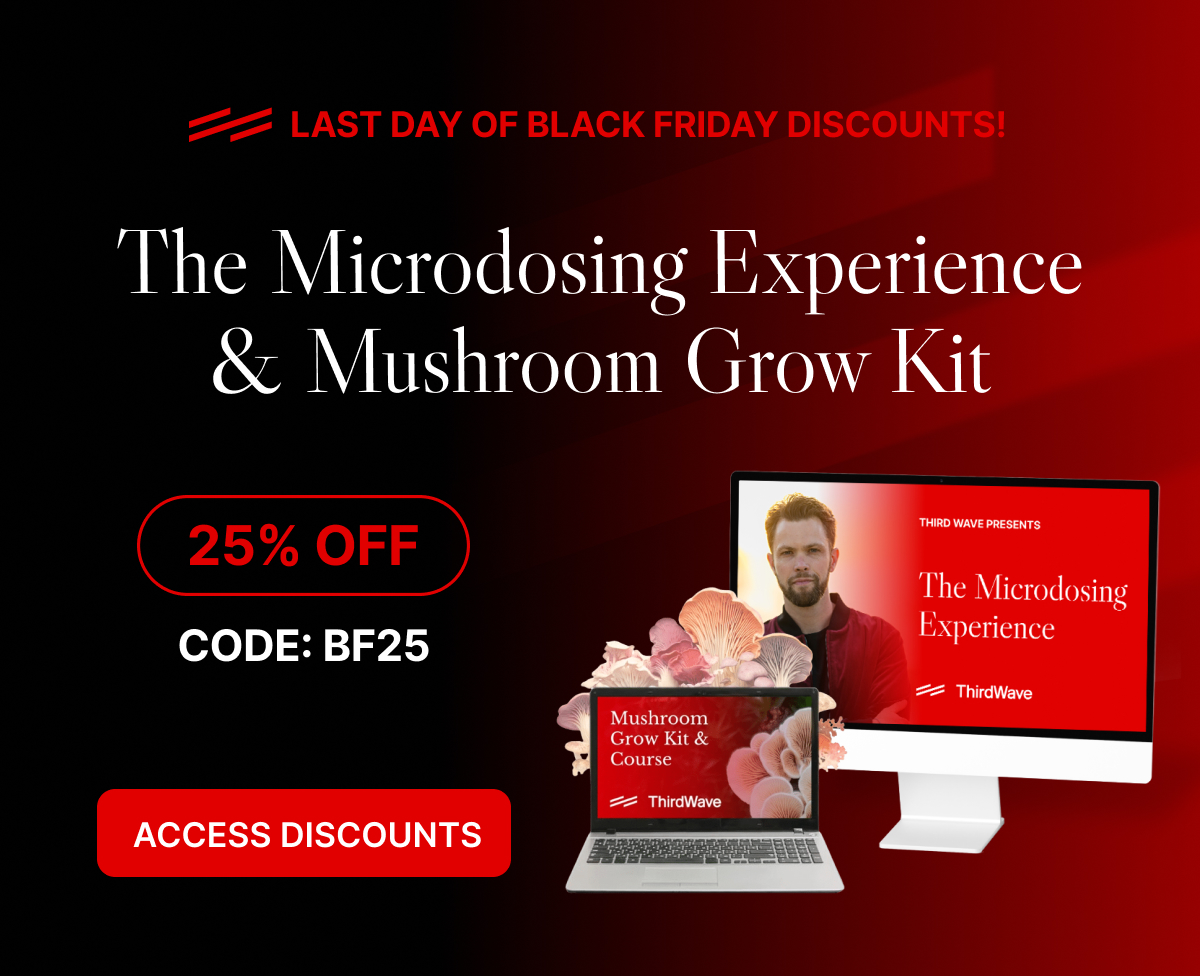Psychedelics can open the door to personal growth, unlock pent-up emotions, combat preconceptions, and rewire the emotional nervous system. Intense experiences can feel like a reset—an on-off switch that clears the cache of prejudices and stubborn emotions and provides new direction.
At least, that’s the idea, and it’s one that’s backed by innumerable anecdotal reports, including ones discussed in this community post on impactful experiences and our podcast episode on “unsticking the brain”. But what does the science say? Can psychedelics really heal the inner child, and if so, what does it even mean?
What is the Inner Child?
The concept of the “inner child” is often credited to psychotherapist Carl Jung, although he seems to have not actually used this specific phrase. Rather, Jung wrote about “archetypes”, inner representations of ourselves that shape our emotions, thoughts, and behaviors. (1) (2)
The idea is that we all have a type of inner child inside us. This unconscious personality is shaped by our early experiences and later affects the conscious mind. If the inner child experiences trauma, whether physical or emotional, it influences how we think and act as adults.
It’s often assumed that we will eventually outgrow trauma, but that’s not always the case. If you are abused by a caregiver at an early age, it may lead to a distrust of those in a similar position and even an unwillingness to get close to anyone. It’s also how many phobias are formed—if you’re bitten by a dog as a child, you may fear them throughout your life, assuming no work is done to remedy those feelings. (3) (4)
The notion of healing the inner child was popularized by self-help guru John Bradshaw in books like Homecoming: Reclaiming and Healing Your Inner Child. (5)
Can Psychedelics Heal Past Trauma?
Psychedelics promote neuroplasticity, making the brain more susceptible to changes. It means the brain is more adaptive and can react to certain emotions and stimuli, which is where we get the notion of psychedelics “rewiring” the brain. (6) (7)
These changes could be minor, such as opening the door to new preferences and removing old prejudices. However, research suggests that psychedelics could also be used to treat those dealing with past or current trauma:
Psychedelics and Post-Traumatic Stress Disorder
Some of the most promising clinical trials using psychedelics concern their potential to help those dealing with post-traumatic stress disorder (PTSD).
PTSD occurs when someone experiences a traumatic life event, such as an accident, the loss of a loved one, military service, or a natural disaster. The individual may suffer from anxiety and troubled thoughts for years after the event, and in some cases, it may impact their ability to perform daily tasks.
A study on the effects of MDMA found significant decreases in baseline PTSD scores in those administered the substance, with no serious adverse events, suggesting that it could be used alongside psychotherapy or as a primary treatment in those who have thus far not responded to other treatments. (8)
Further studies have found that classic psychedelics like psilocybin and LSD could “contribute to the psychotherapeutic treatment of PTSD”, while warning that more research is needed. Most experts also agree that a more traditional approach—including psychotherapy—should be tried first. (9)
It’s a difficult field to study. PTSD is a very complicated issue that can present in numerous ways, and the legal status of psychedelics—although steadily changing—means that trials are not as forthcoming as we would like. Still, it’s a promising field of research and suggests that psychedelics could help in the treatment of past trauma, going some way to “heal the inner child” that authors like Bradshaw wrote so much about.
A Case Study of Leina, Her Inner Child, & Psychedelics
In “Never Too Late to Heal: A Case Study,” published on Third Wave, the transformative potential of psychedelics in addressing deep-seated trauma is illustrated. The article recounts the journey of a 71-year-old woman who goes by the name “Leina”.
The case study highlights how the psychedelic experience acted as a catalyst, allowing Leina to begin to access parts of herself she had been unable to do previously.
This narrative strongly supports the idea that psychedelics can indeed contribute to healing the “inner child” and the accumulation of past experiences, particularly traumatic ones, that continue to influence adult thoughts and behaviors. By facilitating emotional breakthroughs and shifting perspectives, psychedelics, when used within a supportive setting, can offer a unique opportunity to revisit and reprocess early experiences, fostering resilience and a renewed sense of self.
The case study serves as but one example of how psychedelics can provide an avenue for individuals seeking to heal from past wounds and cultivate a more integrated and fulfilling present.
Conclusion: Helping the Inner Child with Psychedelics
If you want to learn more about how psychedelic medicines can shape the brain and potentially help with past experiences, enroll in a course through the Psychedelic Coaching Institute. We explore psychedelic integration therapy in-depth and provide practitioners with the knowledge and tools they need to guide and support others through their psychedelic journeys.






